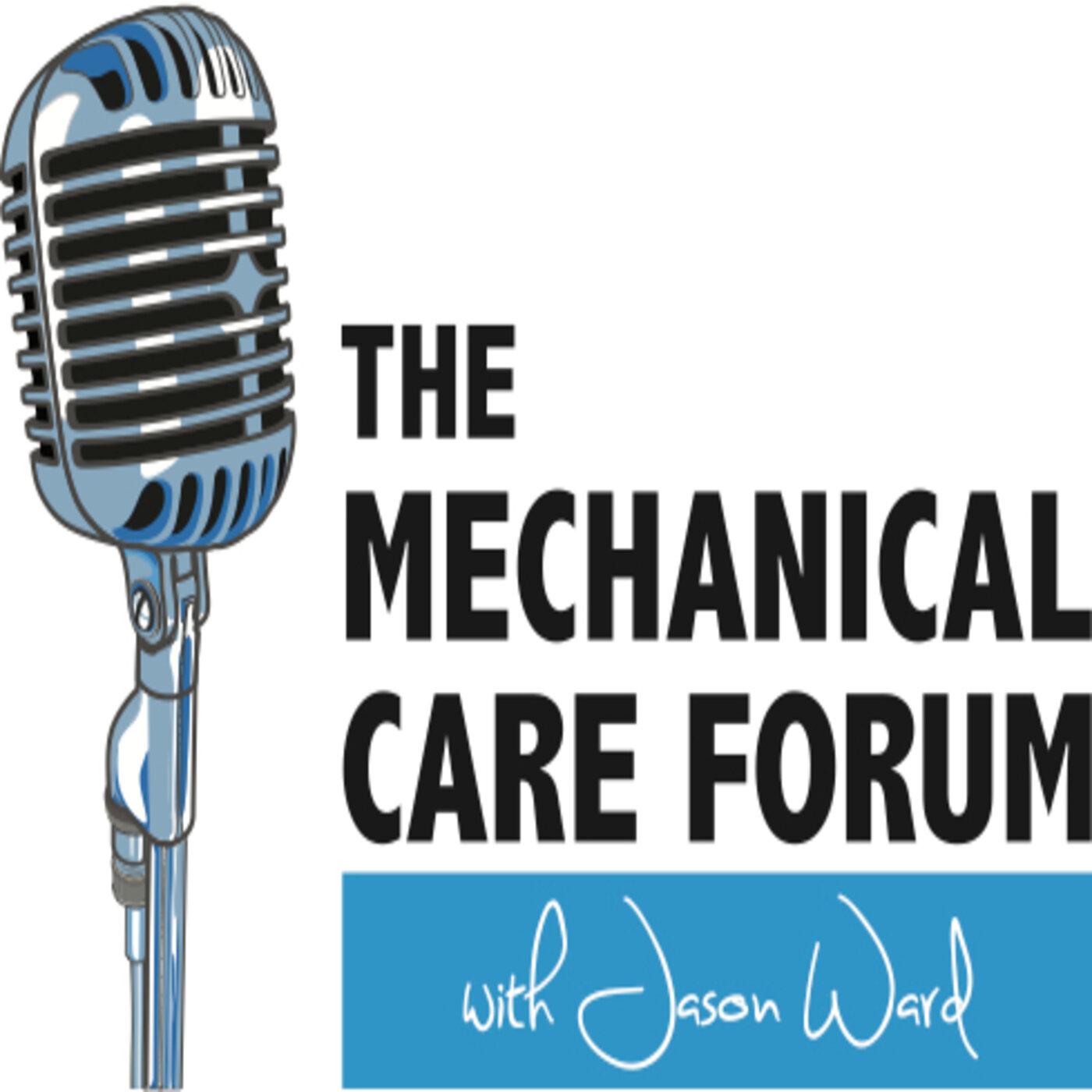Eyal Lederman DO, PhD
In episode #124, I speak with Eyal Lederman of London, England. We speak of the failure of the postural-structural-biomechanical model as well as a bit of the myth of core stability.
Show Notes
Eyal’s Journey
Eyal started out as a yoga instructor, where his interest in the human body led him towards study in the field of Osteopathy. His frustration with the lack of research for the techniques he was performing pushed him towards a PhD in the Neurophysiology of Manual Therapy. This course of study led to Eyal’s interest in functional movement.
Eyal currently teaches manual PT courses in England and internationally, practices in his own clinic, and is involved with research at this time.
Erosion of Observational Models
Eyal speaks about the tendency to associate asymmetries seen in patients with their problem. We as clinicians are always going to find something “wrong”, even though every person is different. The idea that we can fix asymmetries and cure the patient’s pain is very attractive, but there is no basis of fact in this observational or palpatory model. Eyal goes on to speak of common assessments that are performed clinically and his thoughts on how the changes clinicians hope for will not likely ever occur.
Telerehab
Eyal speaks about the value of human touch and the hope that we might be able to help patients from a distance. Many patients need education and permission to move, to help with the innate recovery process of which all people are capable, but the importance of human touch for empathy, helping with movement, and calming effects cannot be undermined.
Imaging
Eyal speaks about the normal changes seen in imaging, and the disparity between what you feeland what is seen. If the abnormal is normal in these images, there can be very little correlation between what is seen and what is felt. Eyal speaks about how this affects or does not affect the clinical decision making process.
Process Approach
The Current Manual Approach
If the person has a condition, and we put their body in an ideal position, this will help the recovery as it improves the healing process by reducing the stresses on the body.
The Process Approach Understanding which process is occurring and how to create the ideal environment to help improve function
Repair Process
Adaptation Process
Alleviation of Symptoms Process
We hope to deliver this content to the committed professional who wants to improve his/her care and we hope to do it in a way that is easily accessible, the world over, in today's technological age.
To contribute:
Give a 5-star review on iTunes;
Share EP #124 with a friend; and/or
Connect with us on the Spotify MCF Podcast and MCF Instagram page!
Thanks for your support!


